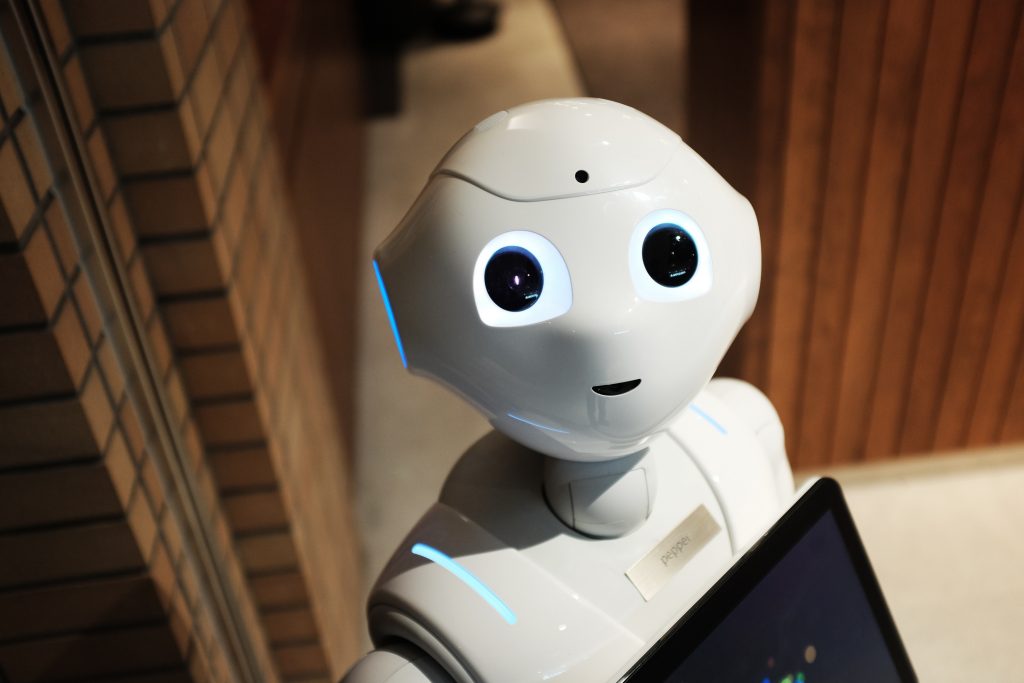Biometric Authentication: History, Types, Applications, and Trends
Biometrics is a reliable source of verifying and authenticating user identities by taking into account unique human attributes. Biological traits serve as a unique parameter in the identification of a particular individual. Biometric authentication refers to the process of comparing the user’s biometric data with the one stored earlier in a template.

This technology can also be installed at physical verification sites where online services are not available or are difficult to deploy to control access points. Biometric authentication solutions not only provide a good means of securely onboarding customers but also a defense against potential cybercrime.
History of Biometrics
The use of biometrics is not new and dates back to 1858 when James Herschel used fingerprints for the first time in a public setting. This early method of bio authentication was carried out by saving inked fingerprint patterns in a paper-based booklet for record-keeping. In 1901, the U.K. metropolitan police introduced paper fingerprinting biometrics to identify criminal identities while the New York Police incorporated biometric authentication systems in 1902. Allied forces, during World War II, used a similar approach for biometric authentication to authorize received messages and senders. With improved verification methods dawning on mankind over the recent years, online biometric verification solutions brought new innovation to the table.
Types of Biometrics
Traditional biometric authentication considered the inked impression and compared it with a previously acquired fingerprint image. With the evolution in technology, new biometrics have been introduced which are not limited to finger patterns. Below is a list of different biometric authentication technologies:
Fingerprint Sensors
From the discovery of inked fingerprint images to verify user identities to developing hardware technology to scan, save, and verify unique fingerprint images, biometric authentication has been totally revamped. Today, there exists software to scan fingerprint features, assess vascular patterns beyond the person’s skin, and store complex biological structures for enhanced identification. Online biometric verification being relatively new in the market makes customer user verification and customer enrollment effortless and swift. With fingerprint sensors coming in the latest smartphone devices, fingerprint biometric verification is becoming increasingly popular.
Facial Recognition Technology
Apart from fingerprint biometrics, a person’s facial features can also be used to perform identity verification. With the recent development in artificial intelligence, mobile phones now come with facial recognition. These analyze a human face from all angles and save a faceprint image for future authentication. Whenever the user has to perform an administrative operation or want to access sensitive information they scan their face over their smartphone to verify their identity. Upon successful matching, the user provides the required control to the user. Many online identity verification service vendors are providing biometric facial authentication to verify customers for online businesses.
Voice Recognition Systems
Just like other biometric authentication services, vocal identification systems record specific sound patterns, speaker characteristics to enroll voiceprints of a particular individual. To be precise, voice biometric software creates a vocal profile against the user which is helpful in verifying them in the future. Biometric authentication incorporating vocal features have potential drawbacks when it comes to special cases like sickness or alike human voices.
Identity Verification using Eye Scanners
This type of biometric authentication scans human eye features which are usually the retina. By making a blueprint of the exact complex eye structures, identity authentication is confirmed. Retina scanners make use of bright light to detect visible blood vessels and create an imitation image against them. Iris recognition software works in a similar way by assessing the spheres around a person’s pupil. Biometric authentication using eye features is not possible online and could be performed by utilizing specific hardware devices.
Applications and Trends
Biometric authentication has applications and use-cases in a wide range of domains and industries. Apart from the biometrics discussed above, physiological measurements using human DNA is also a renowned verification practice. Relevant industries with use cases include by law enforcement agencies for foolproof security, in civil identification services for better city planning, in healthcare to identify patients, in commercial applications for identifying customers. Online biometrics authentication solutions are now trending in the market as remote verification is becoming popular over the years.



